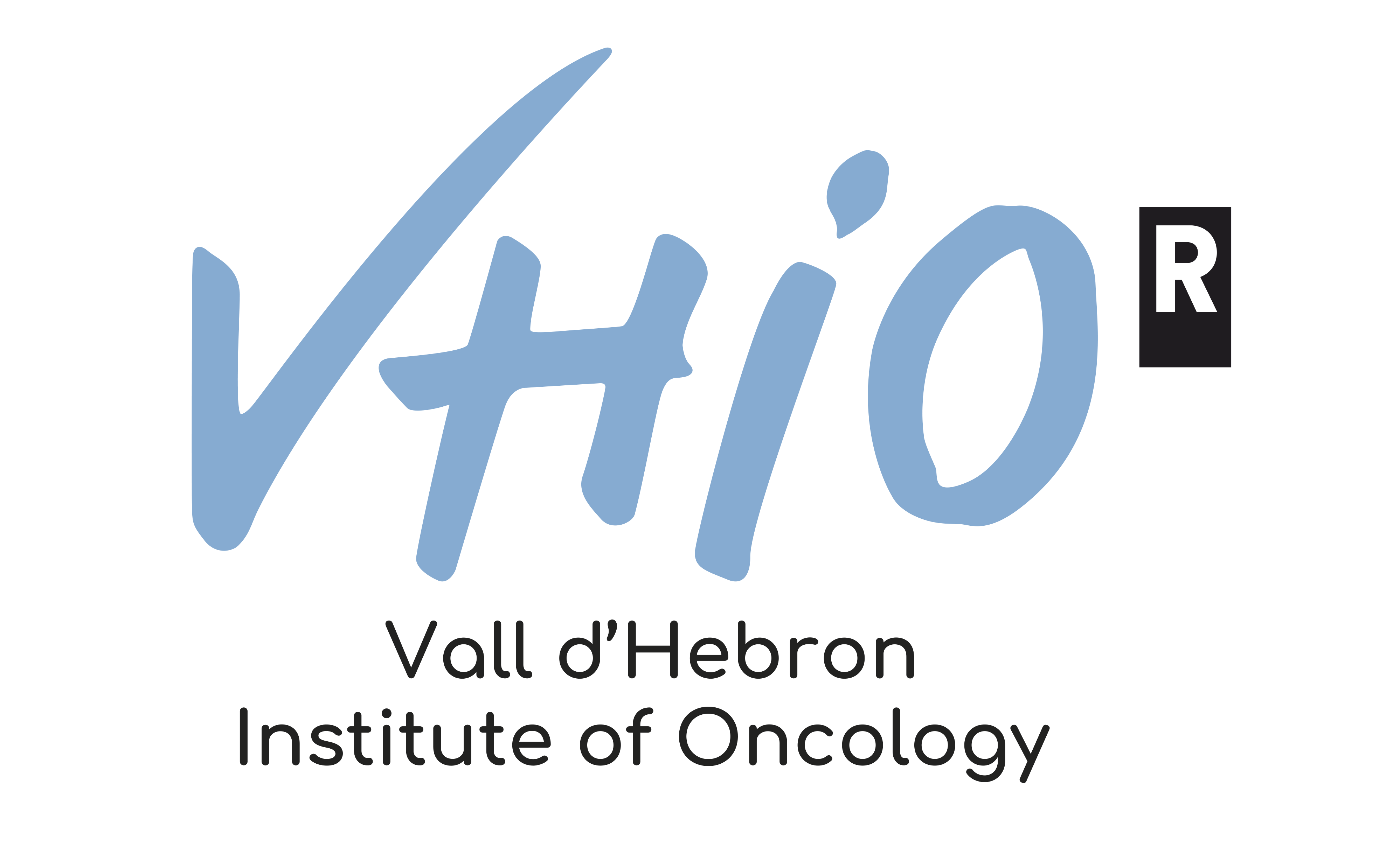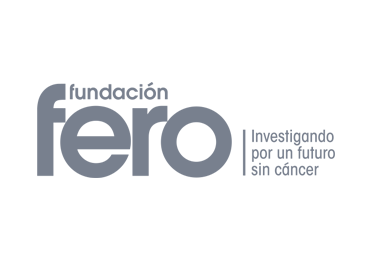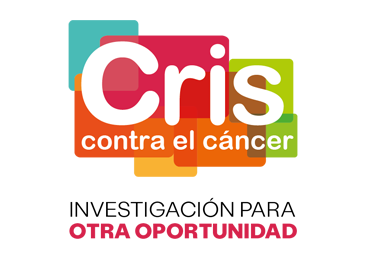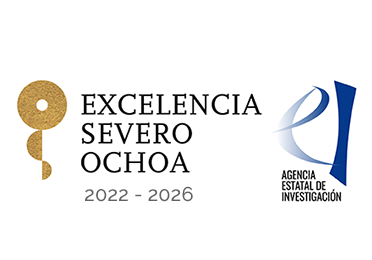First authored by Jonathan Whitfield, Staff Scientist of VHIO´s Mouse Models of Cancer Therapies Group led by Principal Investigator and ICREA Professor, Laura Soucek, a recent open-access review* published in a special issue of Frontiers in Cell and Developmental Biology, elegantly updates on the range of current strategies aimed at clinically inhibiting the Myc oncogene. Found deregulated in most, if not all, tumor types, and a key driver of cancer progression and maintenance, Myc is an ideal candidate as a cancer target but its promise has not yet been successfully translated into benefits at the patient level.
While several factors including Myc´s nuclear localization, lack of identified ligand binding site, and its function in maintaining normal tissues, have fuelled the widely held belief that it is in fact undruggable, the work of determinedly driven groups including VHIO´s Mouse Models of Cancer Therapies Group has significantly upped the tempo in the race to clinically stop Myc in its tracks. The review explores efforts to-date and the promise of the various strategies currently employed to drug Myc – each set firmly within the context of their potential clinical applicability.
Providing an overview of the current challenges that are preventing Myc inhibition in the clinic, the authors are clearly optimistic that ongoing discoveries about Myc biology and function, paired with a wide range of targeting strategies that should most likely be pursued in combination, will finally deliver a Myc inhibitor. Such a breakthrough would undoubtedly offer essential new weaponry in our current arsenal of anti-cancer therapies.
In this respect, Peptomyc S.L. – a biopharmaceutical spin-off company created by Laura Soucek and Marie-Eve Beaulieu, who both co-authored the review – has already marked important milestones. Built on the research led by Laura over the last 20 years, this VHIO-born company´s ambition centers on developing anti-Myc peptides for the treatment of non-small cell lung cancer (NSCLC), triple negative breast cancer (TNBC) and glioblastoma (GBM) – all of which have a dismal prognosis and are consequently in desperate need of new and more effective therapies.
Given the continued advances spurred by the ´believers´, it seems that it is no longer a question of if, but when a viable Myc inhibitor will enter into the clinic and consequently improve the outcomes for countless patients suffering from this dreadful disease.
###












